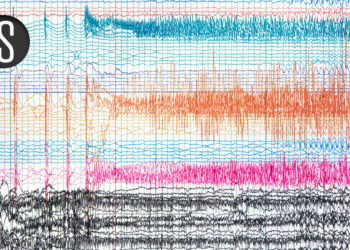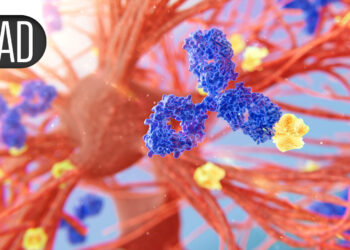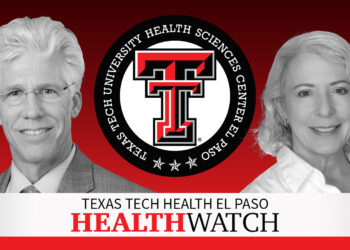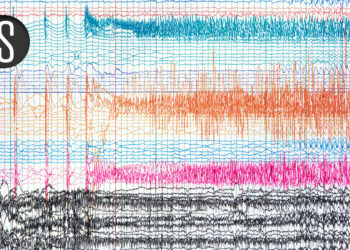
Spinning ultracold atoms could help us reveal the limits of relativity
Shutterstock / Dmitriy Rybin
Tiny “Ferris wheels” made from light and extremely cold particles could allow researchers to test a facet of Albert Einstein’s theory of relativity on unprecedentedly small scales.
Theories of special and general relativity, which Einstein formulated in the early 1900s, reshaped our understanding of time by revealing that moving clocks can tick more slowly than those that stay still. If you move sufficiently quickly or if you accelerate enough, the time you measure will become dilated; the same can happen if you find yourself moving in circles. These phenomena have been observed for relatively large objects, but Vassilis Lembessis at King Saud University in Saudi Arabia and his colleagues have now devised a way to test them on very small scales, too.
To study rotations and time for the smallest objects we can control – atoms and molecules – they turned to the ultracold realm, just a few millionths of a degree above the coldest possible temperature. Here, quantum properties, as well as the motion of atoms and molecules, can be manipulated extremely precisely with laser beams and electromagnetic fields. In fact, in 2007 Lembessis and several other colleagues developed a method for tuning laser beams so they keep atoms confined to and rotating within the shape of a cylinder. They called it an “optical Ferris wheel”, and Lembessis says his team’s new calculations show it could be used to observe relativistic time dilation as measured by the ultracold particles.
Their calculations show nitrogen molecules would be a good candidate for testing rotational time dilation in the quantum world. Considering the motion of electrons within them as ticks of an internal clock, the researchers could detect a shift in ticking frequency as small as one part in 10 quadrillion.
At the same time, Lembessis says experiments with optical Ferris wheels have so far been relatively rare. Because of this, the new proposal opens the door for testing relativity in an unexplored setting where new or unexpected effects may arise. For instance, the quantum nature of ultracold particles may call into question the “clock hypothesis”, which dictates just how much a clock’s acceleration changes its ticks.
“It is important to check and confirm our understanding of physical phenomena in nature. It is when we get a surprise, something unexpected, that we need to revise our understanding and gain a deeper understanding of the universe. This work suggests an alternative way to check relativistic systems with some clear advantages compared to mechanical setups,“ says Patrik Öhberg at Heriot-Watt University in the UK.
For instance, while relativistic effects like time dilation usually call for very fast motion, using the optical Ferris wheel would make them accessible without needing impractically large speeds, says Aidan Arnold at the University of Strathclyde in the UK. “With the incredible accuracy of atomic clocks… the time change ‘felt’ by the Ferris wheel atoms should be noticeable. Also, since the accelerated atoms don’t travel very far away, there would be plenty of time to measure this change,” he says.
Changing the focus of the laser beams could also control the size of the Ferris wheel that would confine the particles, thus testing the time dilation effect for different rotations, says Lembessis. But there would also be technical challenges, such as making sure the atoms or molecules did not warm up and become uncontrollable as they spun.
Topics:
Source link : https://www.newscientist.com/article/2500688-ultracold-atoms-could-test-relativity-in-the-quantum-realm/?utm_campaign=RSS%7CNSNS&utm_source=NSNS&utm_medium=RSS&utm_content=home
Author :
Publish date : 2025-10-21 16:00:00
Copyright for syndicated content belongs to the linked Source.














